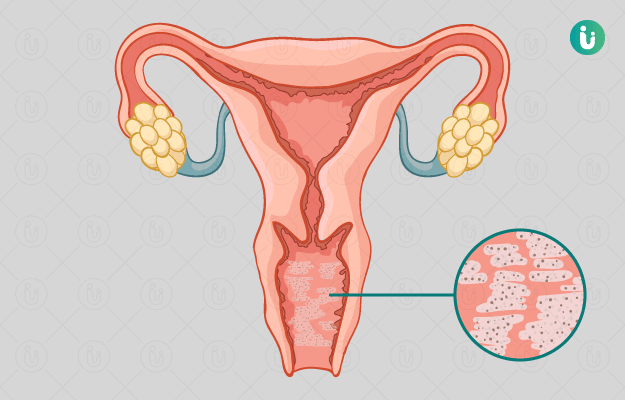What is bacterial vaginosis (BV)?
The vaginal microflora is a mix of useful and harmful bacteria. BV is an infection that occurs in the vagina when the harmful bacteria overpower the good ones.
The imbalance between the bacteria causes an inflammation in the vaginal area.
What are its main signs and symptoms?
About half of the women that suffer from this condition show no symptoms. In some females, the symptoms may frequently appear and disappear. In symptomatic women, the common signs are
- Burning sensation during urination
- Unpleasant ‘fishy’ odour from the vagina (Read more: Vaginal odour)
- Whitish or greyish vaginal discharge
What are its main causes?
- The most common type of bacterium in the vagina is Gardnerella. This bacterium is responsible for most cases of BV.
- Lactobacilli are bacteria that keep the vaginal environment healthy. A decrease in the Lactobacillus population can also cause vaginosis.
There are some risk factors associated with this infection:
- Smoking
- Sex with multiple partners
- Douching
- There are insufficient studies to prove if intrauterine devices (IUDs) increase the risk of BV
(Get online doctor consultation for any health issue)
How is it diagnosed and treated?
- A gynaecologist will diagnose BV based on your symptoms and a vaginal examination.
- The discharge is examined microscopically to check for the bacteria. This investigation also helps to rule out any other bacterial infection or sexually transmitted disease (STD) like gonorrhoea.
- BV is often mistaken for yeast infection, in which the discharge is much thicker and without an odour.
The treatment of BV depends solely on the symptoms.
- Women who show no symptoms do not require any treatment.
- Females experiencing vaginal itching, discomfort or discharge are treated with antibiotics to cure the infection. The medicines consist of tablets and topical creams, given for about 6-8 days.
- If the infection recurs, the antibiotic course has to be extended. To prevent recurrence, it is crucial that every patient takes the medicines for the complete duration, as prescribed.
Self-care steps to prevent recurrence:
- Get tested for STDs regularly, and avoid sex with multiple partners.
- Do not douche. Cleansing with water is adequate.
- Have your IUD checked periodically by your doctor.
- Use mild, unscented soaps to clean the vaginal area.
(Read more: Vaginal health)

 Doctors for Bacterial Vaginosis
Doctors for Bacterial Vaginosis  OTC Medicines for Bacterial Vaginosis
OTC Medicines for Bacterial Vaginosis


















